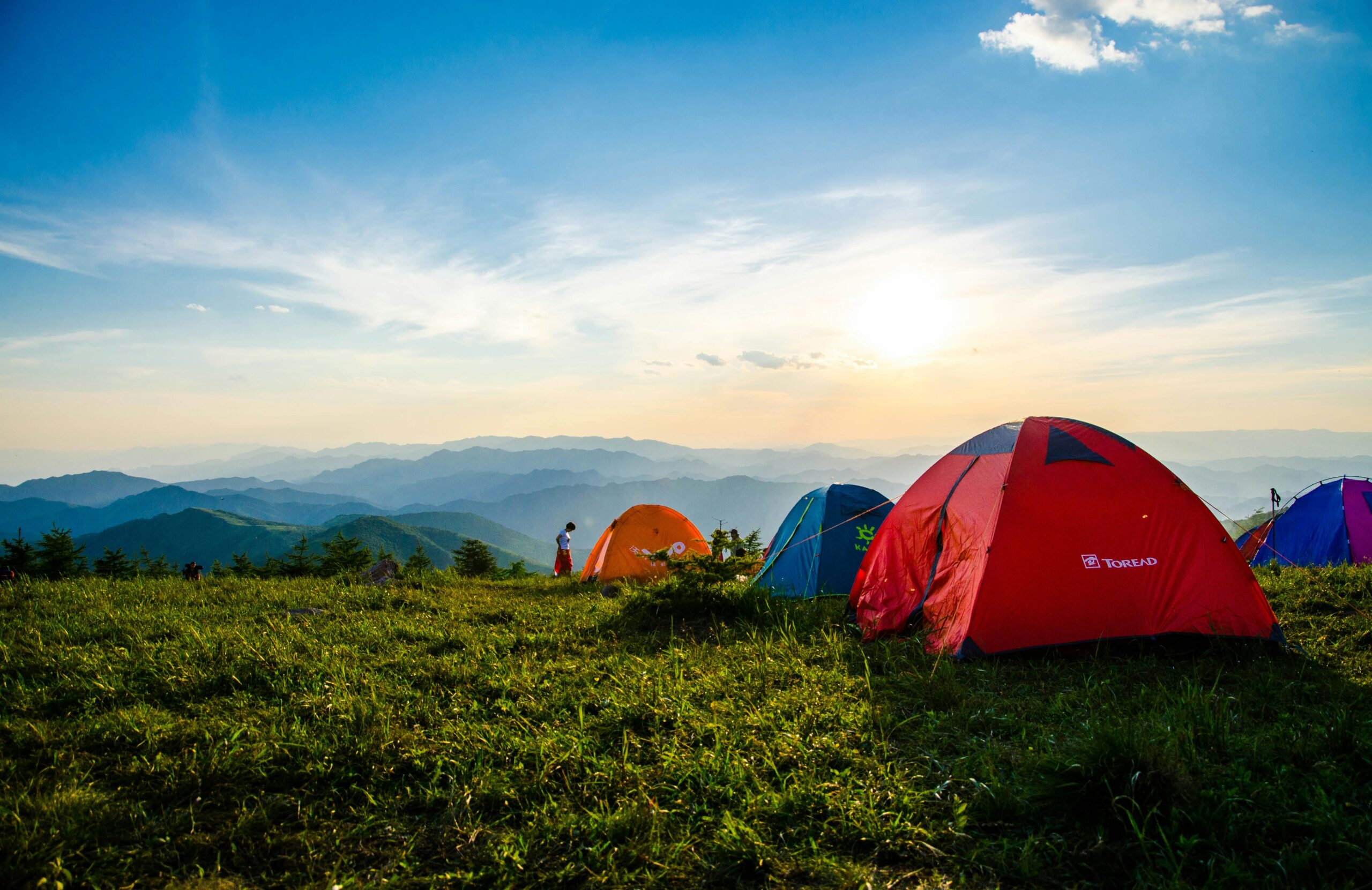Embarking on a camping adventure is a thrilling way to connect with nature and create unforgettable memories with family and friends. However, the key to a successful trip lies in meticulous preparation and packing. This detailed camping packing list is designed to guide families and outdoor enthusiasts in organizing and packing efficiently, ensuring that every essential item is accounted for. Whether you’re planning a weekend getaway or an extended stay in the wilderness, this guide will help you pack smartly and enjoy your camping experience to the fullest.
Camping Packing Essentials
Understanding the essentials of camping packing is crucial to ensure a comfortable and enjoyable outdoor experience. This guide covers various categories of items you’ll need, from shelter and sleeping gear to cooking supplies and safety equipment. Each section is tailored to provide you with a comprehensive list of necessary items, along with practical tips for different types of camping, such as car camping and backpacking.
Types of Camping
Different types of camping require different packing strategies. Here are some specific considerations for the most common types:
Car Camping
Car camping allows you to bring more gear since you have the convenience of packing items directly into your vehicle. Focus on comfort and convenience, bringing larger tents, more extensive cooking setups, and additional entertainment options.
Backpacking
Backpacking requires a minimalist approach, as you’ll be carrying all your gear on your back. Prioritize lightweight and compact items, such as a small tent, a portable stove, and dehydrated meals.
General Packing List Overview
A detailed packing list for families should cover all the basics while allowing for personalization based on specific needs and preferences. The following sections break down the essentials into categories, ensuring you don’t overlook anything important.
Shelter and Sleeping Gear
- Tent: Choose a tent based on the number of campers and expected weather conditions. Ensure it is waterproof and easy to set up.
- Sleeping Bags: Select bags appropriate for the season and temperatures. Consider mummy-style bags for colder climates.
- Sleeping Pads or Air Mattresses: Provide insulation and comfort. Self-inflating pads are a good balance between comfort and weight.
- Pillows: Compressible camping pillows or inflatable options are lightweight and space-saving.
- Tarp or Ground Cloth: Protects the bottom of your tent from moisture and damage.
Cooking and Food Supplies
Proper meal planning and the right cooking gear are essential for a satisfying camping trip. Here are some examples of meal prep and cooking gear to consider:
- Portable Stove: A compact, fuel-efficient stove is ideal for boiling water and cooking meals.
- Fuel: Bring enough fuel for the duration of your trip, considering meal frequency and cooking methods.
- Cookware: Include a pot, pan, and kettle. Opt for lightweight, non-stick options.
- Utensils: Pack a set of reusable utensils, including a spatula, tongs, and a can opener.
- Food Storage: Use airtight containers and resealable bags to keep food fresh and safe from wildlife.
- Meal Prep: Plan simple meals like pasta, rice dishes, and grilled meats. Pre-cook or marinate items at home for convenience.
Clothing and Personal Items
Packing the right clothing is crucial for comfort and protection against the elements. Here are suggestions for clothing based on weather conditions:
- Layered Clothing: Pack base layers, insulating layers, and waterproof outer layers to adapt to changing weather.
- Footwear: Choose sturdy hiking boots or shoes with good traction. Bring sandals or camp shoes for relaxation.
- Weather-Specific Gear: Include hats, gloves, and scarves for cold weather; sun hats and sunglasses for sunny conditions.
- Personal Hygiene: Bring biodegradable soap, a toothbrush, toothpaste, and a small towel.
- Insect Repellent and Sunscreen: Essential for protection against bugs and sunburn.
Safety and First Aid Kit
Safety should always be a priority when camping. A well-stocked first aid kit is an essential part of any camping packing list:
- Bandages and Gauze: For treating cuts and scrapes.
- Antiseptic Wipes: Clean wounds to prevent infection.
- Pain Relievers: Include ibuprofen or acetaminophen for headaches or minor aches.
- Allergy Medication: Antihistamines for unexpected allergic reactions.
- Emergency Blanket: Compact and useful for warmth in emergencies.
- Multi-tool: A versatile tool for various emergency repairs or tasks.
Camping Tools and Equipment
Having the right tools and equipment can significantly enhance your camping experience. Here are some essentials:
- Flashlights and Lanterns: Provide light for nighttime activities and emergencies. Bring extra batteries.
- Navigation Tools: Maps, compass, or a GPS device to prevent getting lost.
- Fire Starter: Matches, lighters, or a fire starter kit for campfires.
- Rope or Cord: Useful for setting up tarps, clotheslines, or securing items.
- Camping Chairs: Compact and foldable chairs for comfort around the campsite.
Entertainment and Activities
While camping is about enjoying nature, having some entertainment options can enhance the experience, especially for families:
- Books and Games: Bring a selection of books, card games, or board games for downtime.
- Binoculars: Great for bird watching or enjoying scenic views.
- Camera: Capture memories of your outdoor adventure.
- Fishing Gear: If near a lake or river, fishing can be a relaxing and rewarding activity.
Tips for Efficient Packing
Maximizing space and ensuring easy access to your gear can make your camping trip more enjoyable. Here are some packing tips:
- Use Packing Cubes: Organize clothing and personal items for easy access and efficient use of space.
- Roll, Don’t Fold: Rolling clothes saves space and reduces wrinkles.
- Prioritize Accessibility: Pack items you’ll need first or frequently on top or in easily accessible compartments.
- Label Containers: Clearly mark food and supply containers for quick identification.
- Test Pack: Do a trial pack at home to ensure everything fits and is organized.
Final Checklist
With a detailed packing list for families and practical tips for various camping types, you’re now ready to embark on a memorable outdoor adventure. Before setting off, review your checklist to ensure nothing is forgotten. Remember, the goal is to be prepared, comfortable, and safe, allowing you to fully immerse yourself in the beauty of nature and the joy of camping.

